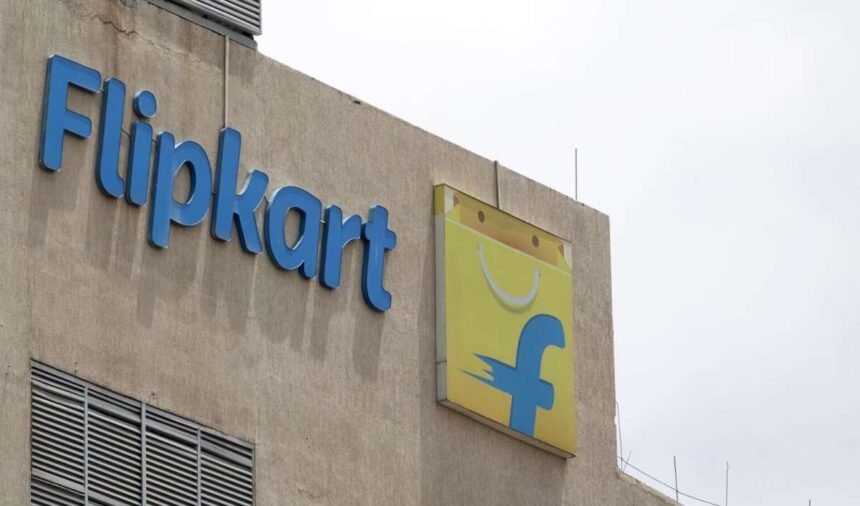India’s e-commerce giant Flipkart has reported a substantial widening of its consolidated net loss to ₹5,189 crore in the financial year ending March 2025 (FY25), up from around ₹4,248 crore in FY24, even though its revenue rose by approximately 17.3%.
According to The Economic Times, the company’s revenue from operations climbed to ₹82,787.3 crore in FY25 from ₹70,541.9 crore a year earlier. Meanwhile, total expenses swelled 17.4% to ₹88,121.4 crore. A major component of this expense increase was the purchase of inventory (stock-in-trade), which jumped steeply to ₹87,737.8 crore from about ₹74,271.2 crore in FY24.
Marketplace Arm Improves Performance
Flipkart’s marketplace division—Flipkart Internet Private Limited—stood out as a relatively brighter spot. Its revenue rose by 14% to about ₹20,493 crore, while it managed to narrow its losses by 37%, from around ₹2,358.7 crore in FY24 to about ₹1,494 crore in FY25.
Ad-revenue was a growth driver, increasing notably (advertising income rose 27%) and marketplace fees more than doubled. However, revenue from logistics services declined significantly, indicating strain in that segment.
What This Suggests About Flipkart’s Business Health
- Despite strong top-line growth, Flipkart is under pressure due to blow-ups in expenditure—especially inventory costs, marketing, and finance charges.
- The narrowing losses in its marketplace business suggest that the core online retail operations are maturing toward sustainability, though scale and margins still remain distant targets.
- The declining contribution of logistics services points to structural challenges in running a large delivery and fulfillment infrastructure profitably.
Conclusion:
While the revenue growth of 17-odd percent offers some optimism, Flipkart’s overall financials in FY25 reflect that expansion alone cannot mask rising costs. As the company moves ahead—possibly toward an IPO, per reports—it will need sharper cost controls, smarter inventory management, and increased efficiency in logistics to turn the tide.















